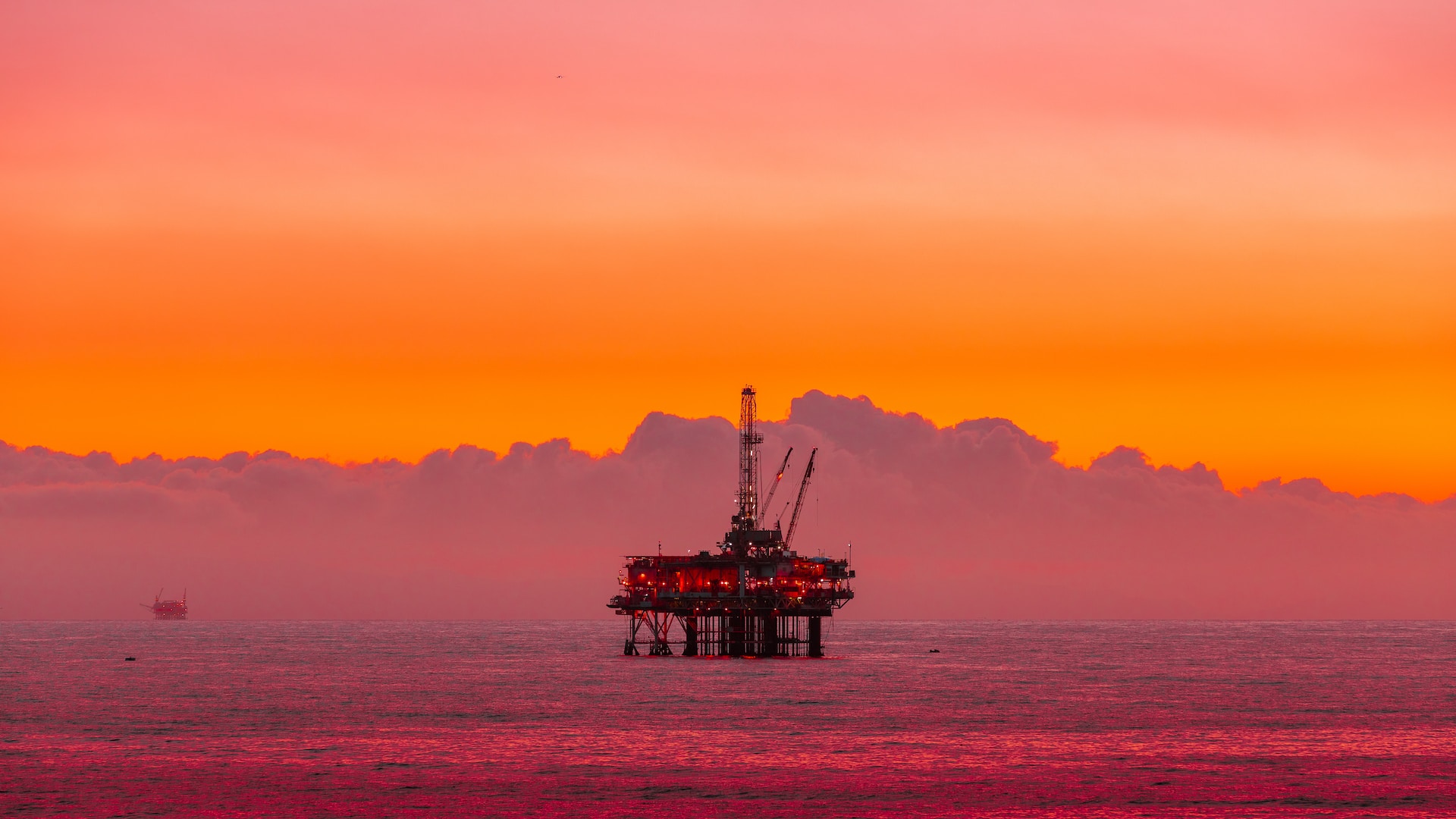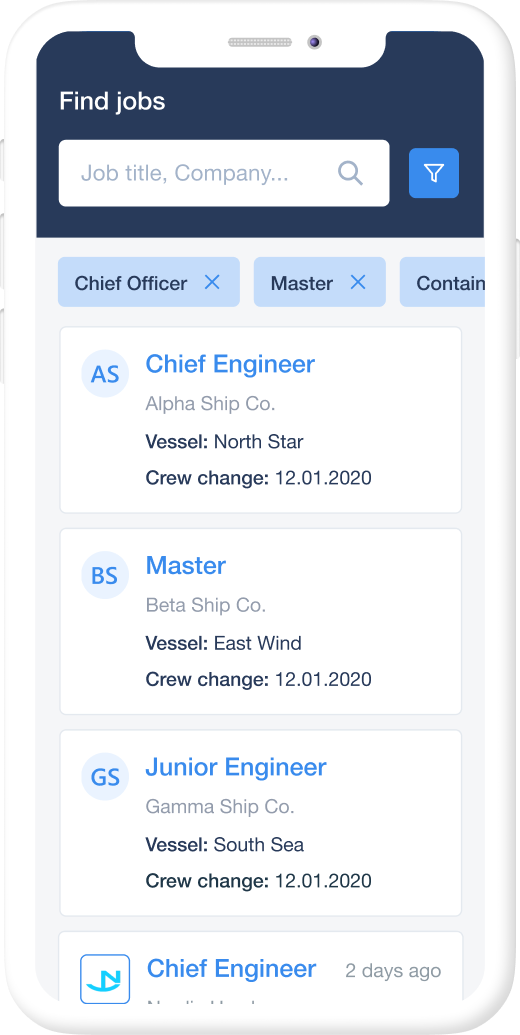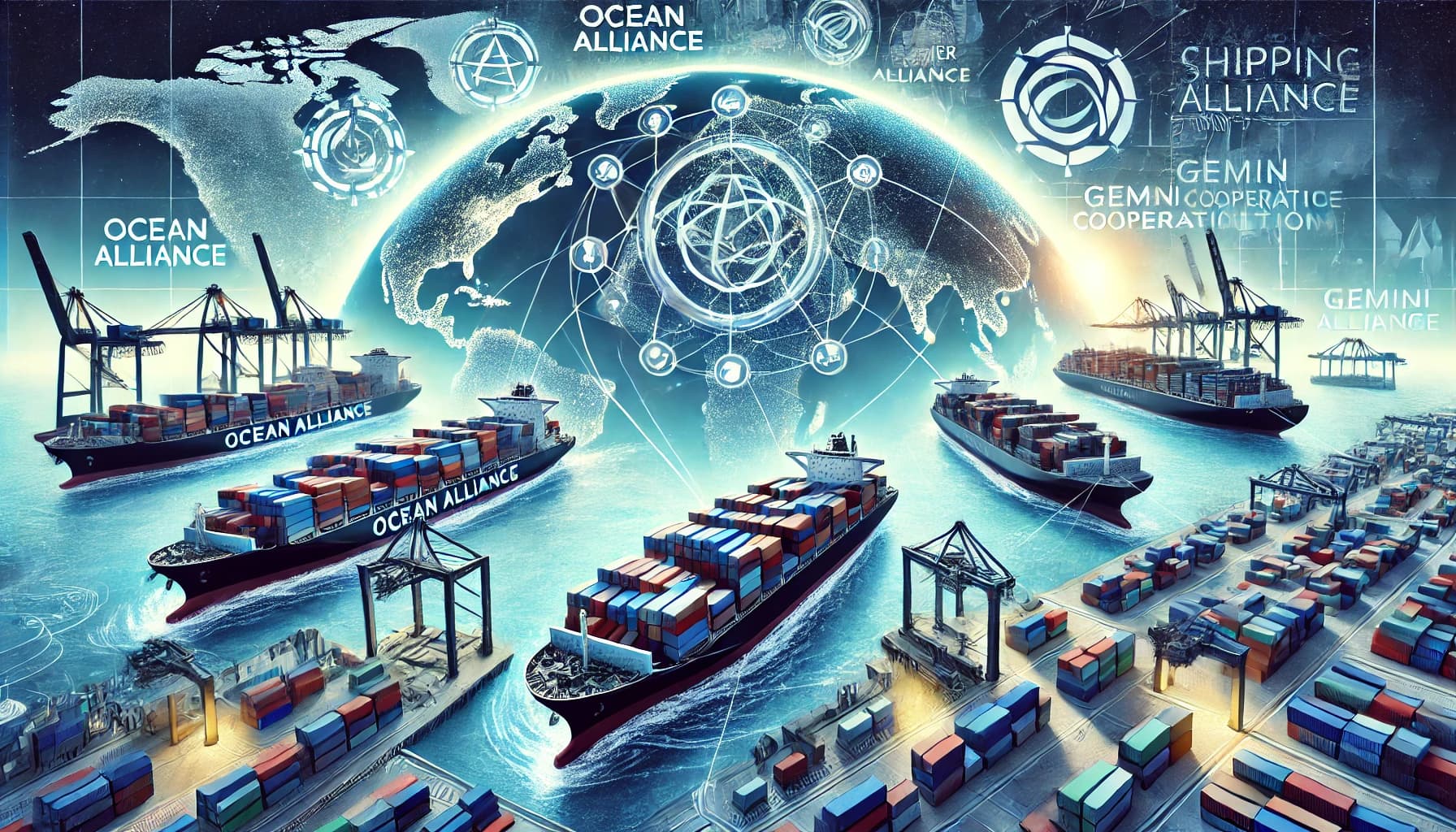Offshore vessels are ships that are used for the exploration, drilling, and production of gas and oil in offshore environments. That seems fairly self-explanatory but hold on a moment because under the offshore vessel umbrella there are a whole host of different ships that all have a role to play in the offshore industry.
Just as cargo and container ships can be broken down into various vessel types…
- Bulk carriers
- Feeder vessels
- Tankers (including chemical tankers, oil tankers, and gas carriers)
- RoRo ships
- Car carrier ships
- Reefer ships
- Feeder ships
- Coaster vessels
…so too can offshore vessels. And we’ll take a look at these in more detail over the course of this article. So let’s get started!
What are some different types of offshore vessels?
You may also see offshore vessels abbreviated to OSVs: this can alternatively stand for Offshore Supply Vessel or Offshore Support Vessel. And the abbreviations don’t stop there as you’re about to find out!
ARE YOU LOOKING FOR JOBS ON OFFSHORE VESSELS? VIEW MARTIDE’S OFFSHORE VESSEL JOBS NOW!
In a nutshell, offshore vessels can be split into four main types:
1. Oil exploration and drilling vessels
These vessels are used to find and drill for oil and gas at sea and this category of offshore vessel includes:
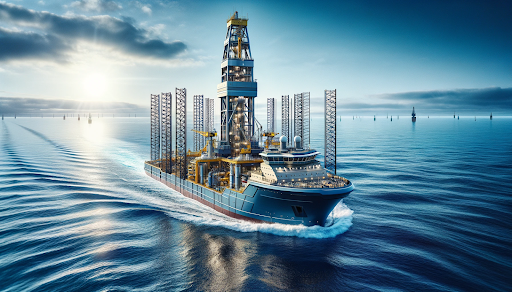
Drillship
Drillships are large, self-propelled vessels that are used to drill for oil and gas in deep waters. They are equipped with drilling equipment and a derrick - a tall, lattice-type tower which is used to dig a hole for an oil well before then pushing the drill pipe deep into the sea bed.
Read more: Everything You Need to Know About Ferries
Semi-submersible vessel
As the name suggests, a semi-submersible vessel is partially submerged in the water. They are a floating structure with a large deck and multiple legs which are interconnected underwater at their base with buoyant pontoons. Their role is to drill for gas and oil in deep waters.
Jack-up rig
Unlike semi-submersible vessels and drillships, jack-up rigs are used to drill for oil and gas in shallow waters. Also known as a self-elevating unit, they are mobile platforms that self-elevate their buoyant hull above sea level. Their movable legs means that they can be transported to wherever they are needed.
Offshore barge
Like any barge, an offshore or oil barge is a wide flat bottomed boat which is not self-propelled and is tasked with carrying a cargo - in this case, oil. However, unlike an oil tanker, which is used to carry huge quantities of oil over long distances, offshore barges are smaller and designed for short-distance transportation.
2. Offshore production vessels
These vessels assist in the drilling production processes and this category of offshore vessel includes:
Floating production storage and offloading vessel
Usually referred to as FPSO vessels, these are large, floating platforms that are used to produce, store, and offload oil and gas. Most FPSO vessels are moored in one location for an extended period.
Read more: Everything You Need to Know About Cable Laying Ships
Single point anchor reservoir platform
Otherwise known as a SPAR platform, this floating oil platform provides a more stable alternative to conventional platforms and is typically used in ultra deep water. Its design consists of one or more large, vertical buoyant cylinders which support the deck. SPARs are permanently anchored to the seabed by solid cable lines.
Shuttle tanker
Some oil rigs or offshore vessels utilize a series of pipelines to deliver the oil to the refinery on shore (see the pipelaying vessel below) while others may use a shuttle tanker. This vessel is equipped with off-loading equipment that is compatible with the oil field, rig or vessel it works with.

Tension leg platform
The TLP, or its close relative, the ETLP - extended tension leg platform - is a floating structure that is vertically moored to the seabed by steel tethers connected to driven piles. It is used for both oil and gas exploration and production.
3. Offshore support vessels
These ships support the oil exploration and drilling vessels and these OSVs include:
Platform supply vessel
Platform supply vessels, or PSVs, are ships that, you’ve guessed it, are used for the purpose of transporting supplies and other equipment to the offshore oil and gas vessels and platforms.
These can include drilling equipment as well as substances and liquids such as drill water, bentonite, cement, barite, liquid mud, oil, chemicals and methanol.
Read more: Everything You Need to Know About Mining Ships
PSVs can also be used to provide support in the event that medical aid or firefighting services are required.
Anchor handling tug supply vessel
An anchor handling tug supply vessel - usually shortened to AHTS - is a tugboat used to tow and anchor offshore vessels. If called upon, they will also provide emergency assistance.
Accommodation vessel
Some offshore workers sleep on their vessel or rig while others will decamp to a vessel moored nearby at the end of their working day or shift. These ships are known as accommodation vessels - or ACVs. They have living quarters, cabins, and usually dining rooms, and recreation facilities such as a gym.
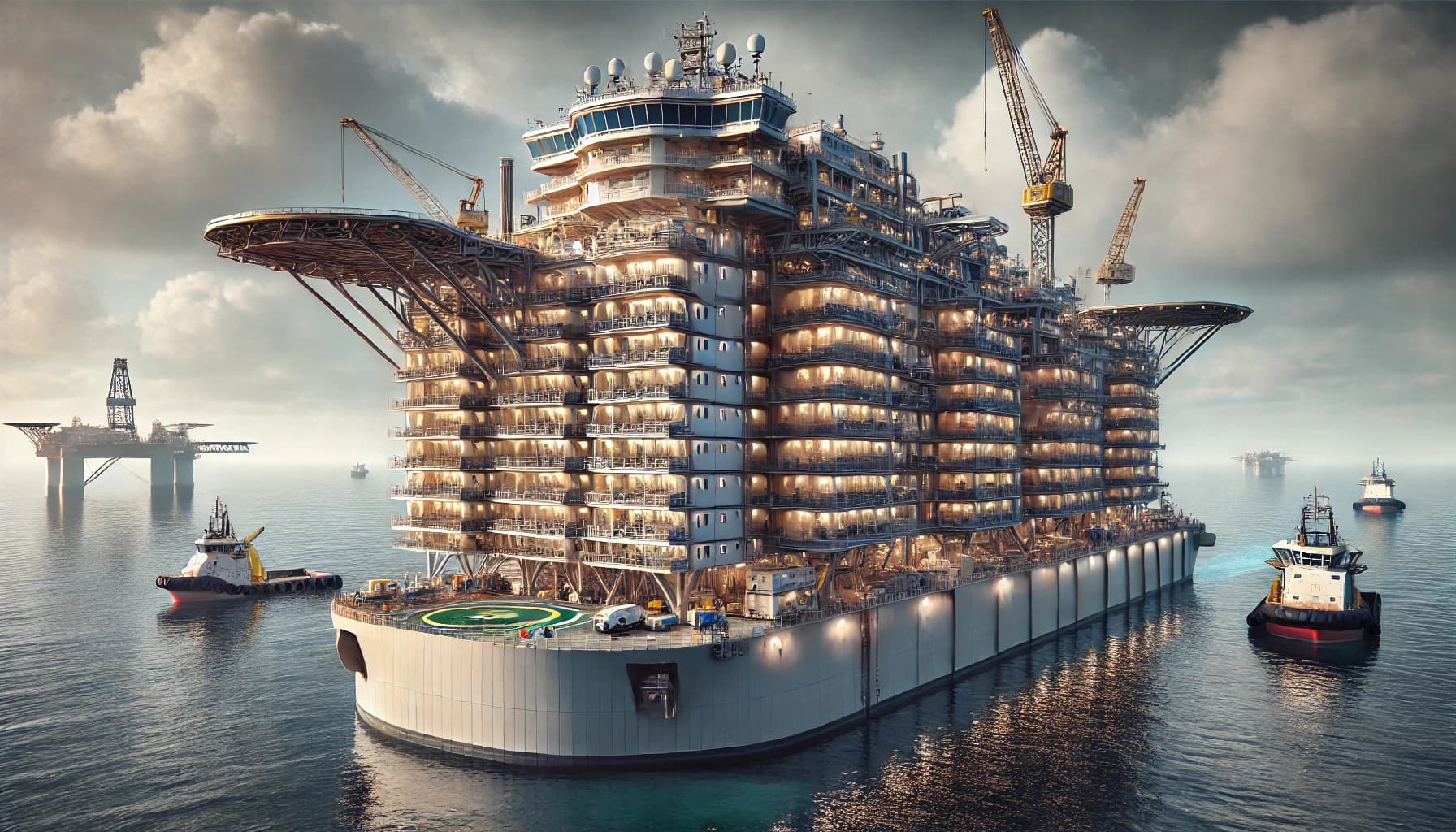
ARE YOU LOOKING FOR JOBS ON OFFSHORE VESSELS? VIEW MARTIDE’S OFFSHORE VESSEL JOBS NOW!
Seismic survey vessel
The seismic survey vessel is a ship that maps out geological features in the seabed so that the optimal location for drilling for oil or gas in the oceans can be pinpointed. This is achieved by firing air guns that transmit sound waves into the bottom of the sea. The shot’s echo is then captured by hydrophones - microphones specifically designed for underwater use - that are towed behind the vessel.
Read more: Everything You Need to Know About Dredgers
4. Offshore construction vessels
These ships assist in the construction of various structures at sea and vessels include:
Diving support vessel
DSV - diving support vessels - are kitted out with specialized equipment for underwater operations including diving, inspection, repair and maintenance.
Crane vessel
A crane vessel’s main purpose is to assist in the construction of offshore structures that are usually connected to the oil and gas industries. They come in three types: regular crane vessels, semi-submersible crane vessels, and sheerleg crane vessels.These vessels may also be used to assist in salvage operations.
Heavy lift vessel
Heavy lift vessels (HLVs) are designed to carry cargo that far surpasses the size and weight of the kind of items usually found on a container ship. For example, dredging equipment, floating dry docks and plants, drilling rigs, offshore structures and even other vessels.
Read more: Everything You Need to Know About Fireboats
Pipelaying vessel
A pipelaying vessel, also known as a pipelay vessel or simply a PLV, is a ship that is used in the construction of subsea infrastructure. These vessels are utilized to connect oil production platforms with oil refineries on shore.

Why does the oil and gas industry need so many different vessels?
The oil and gas industry relies heavily on the roles that its offshore vessels have to play. Some vessels allow companies to explore and then drill for oil and gas, some enable the production of commodities, some provide construction services for the rigs and equipment themselves, and others provide backup services and support.
And of course, there are other boats that transport crews to and from their offshore vessels, rigs or platforms at the start and end of their contracts.
Read more: Everything You Need to Know About Cruise Ships
What are some characteristics of an offshore vessel?
Because offshore vessels connected to the oil and gas industry often need to operate in dangerous locations and conditions and handle and process hazardous materials, they are subject to strict safety regulations and their crews must be highly skilled and trained.
Most offshore vessels are large in size and have a complex infrastructure and equipment onboard due to the nature of their work. Indeed, offshore vessels are some of the most technically sophisticated ships in the merchant fleet.
As the demand for offshore vessels, of all kinds, has grown exponentially over the last few decades due to the expansion of the oil and gas industry, to enable companies to fully realize their potential these ships, platforms and rigs are increasingly required to adopt the latest techniques and technologies.
Read more: Everything You Need to Know About Fishing Vessels
Is working on an offshore vessel or rig dangerous?
We’re not going to sugarcoat it and tell you that working on an oil rig or onboard an offshore vessel is a piece of cake.
Crew members - on any type of vessel - as well as oil platform and rig workers do face certain hazards. The greatest of which are being injured by the equipment or machinery they are handling, being harmed by the cargo (i.e. oil or gas) or even being washed overboard during bad weather.
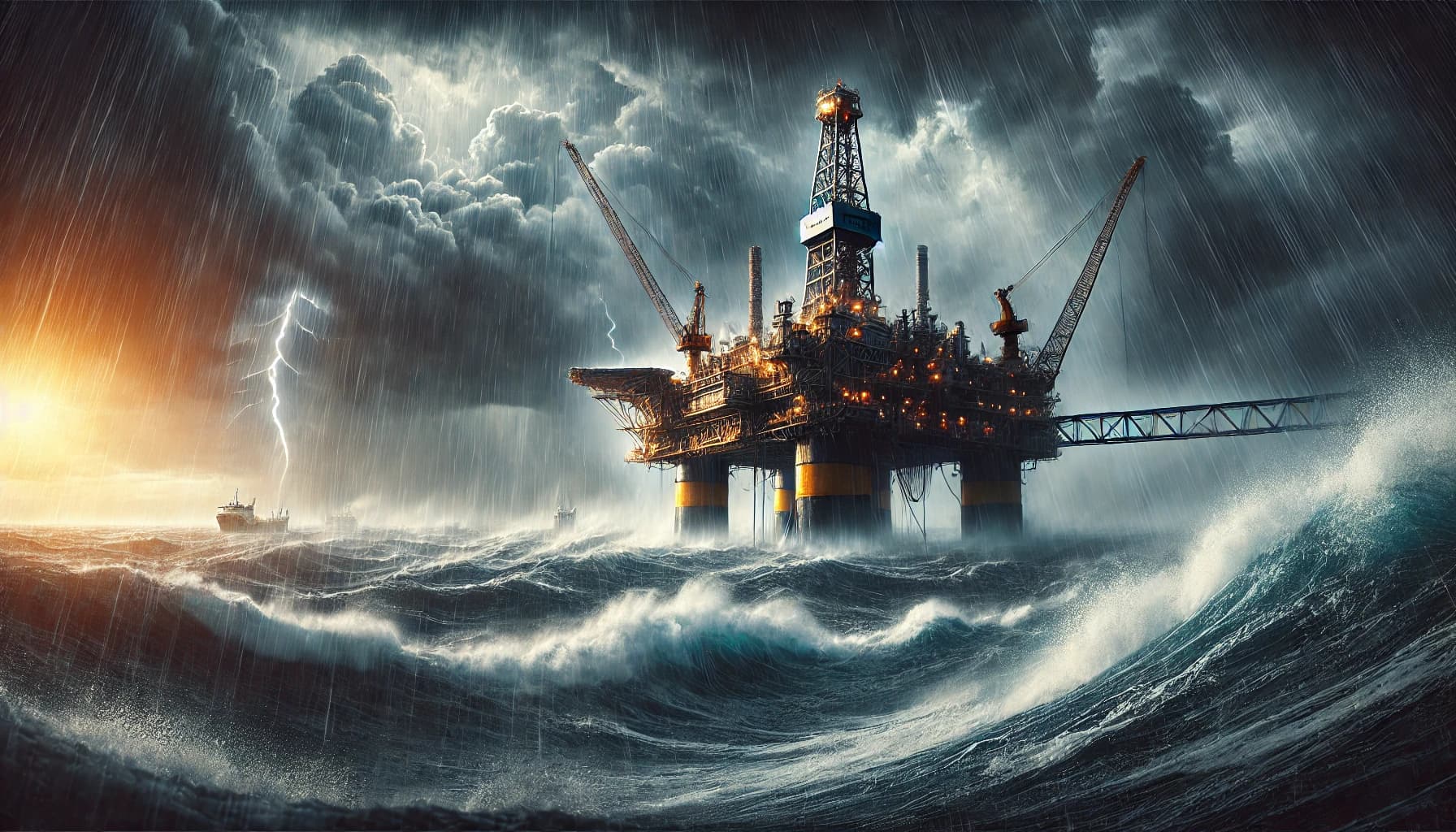
Having said that, if you speak to countless people working offshore they will likely tell you that although they are away from home for months at a time, the benefits of offshore work can be very tempting.
ARE YOU LOOKING FOR JOBS ON OFFSHORE VESSELS? VIEW MARTIDE’S OFFSHORE VESSEL JOBS NOW!
Think; being able to travel the world, meeting different people from all walks of life, earning good money, and enjoying job security to name just a few. And of course, watching those sunsets from the middle of the ocean can’t be bad either!
Find out more about some different types of merchant ships
This article is one in a series of posts about different types of ships, boats and vessels. So if you’ve ever wondered how icebreaker ships work or if we still use lightships or you want to know what on earth a supramax vessel is, we’ve got you covered.
Meanwhile, why not follow us on Facebook, LinkedIn and Twitter / X too?
Read the previous article in this series: Everything You Need to Know About Pilot Boats
Read the next article in this series: Everything You Need to Know About LNG and LPG Tankers

Eve Church
Eve is Martide's content writer, publishing regular posts on everything from our maritime recruitment and crew planning software to life at sea. Eve has been writing professionally for more than two decades, crafting everything from SEO-focused blog posts and website landing pages to magazine articles and corporate whitepapers.
UK
